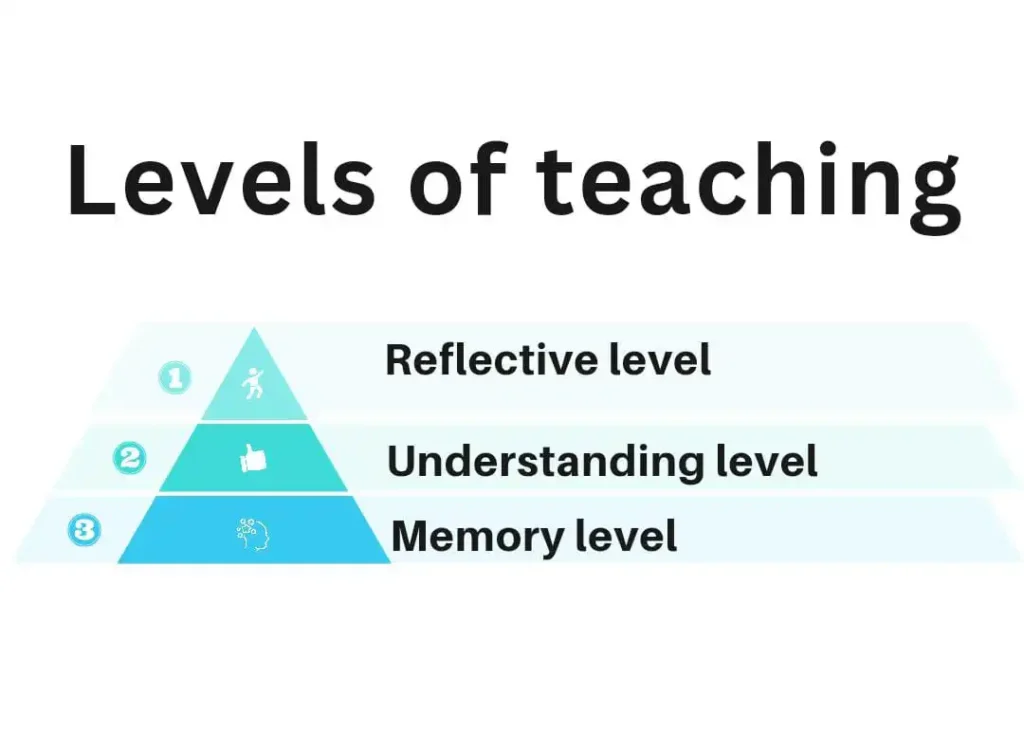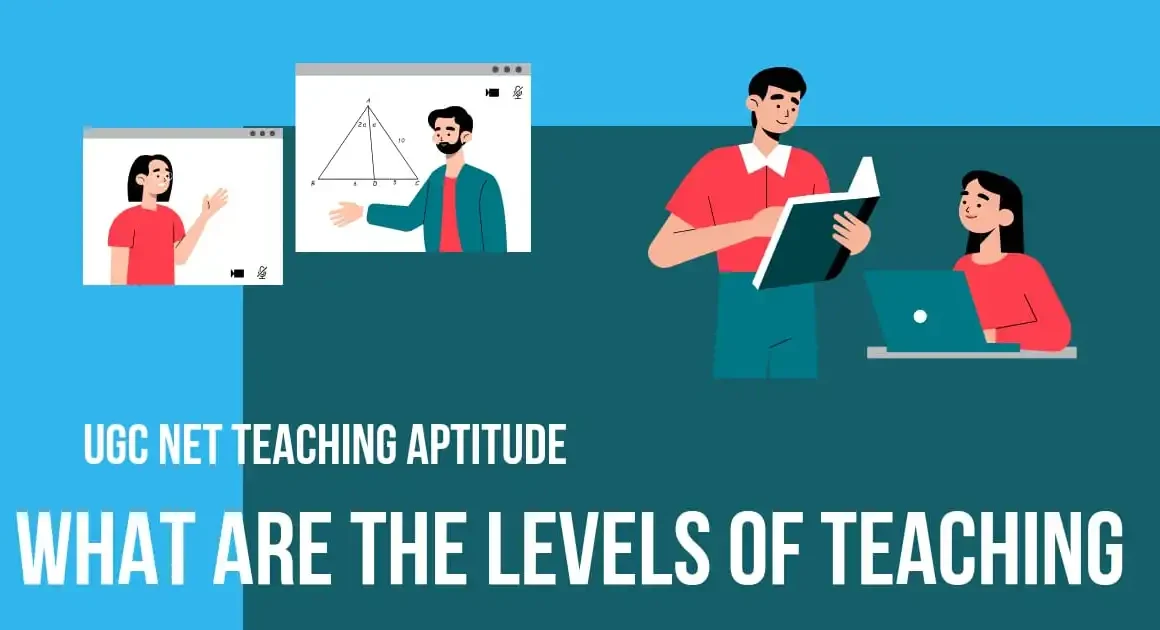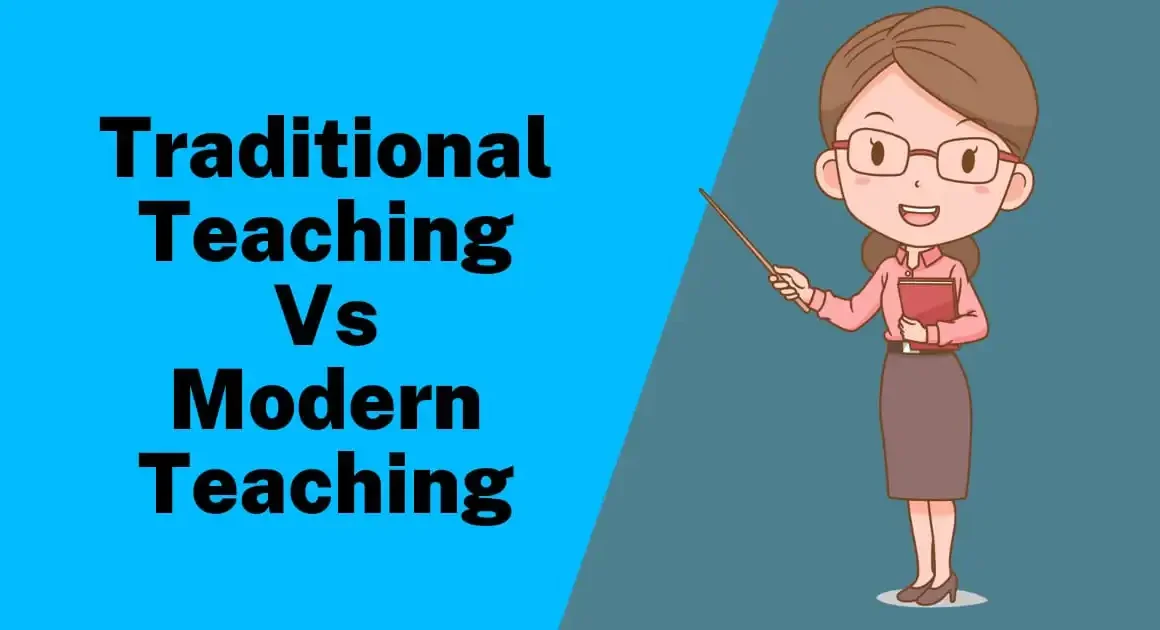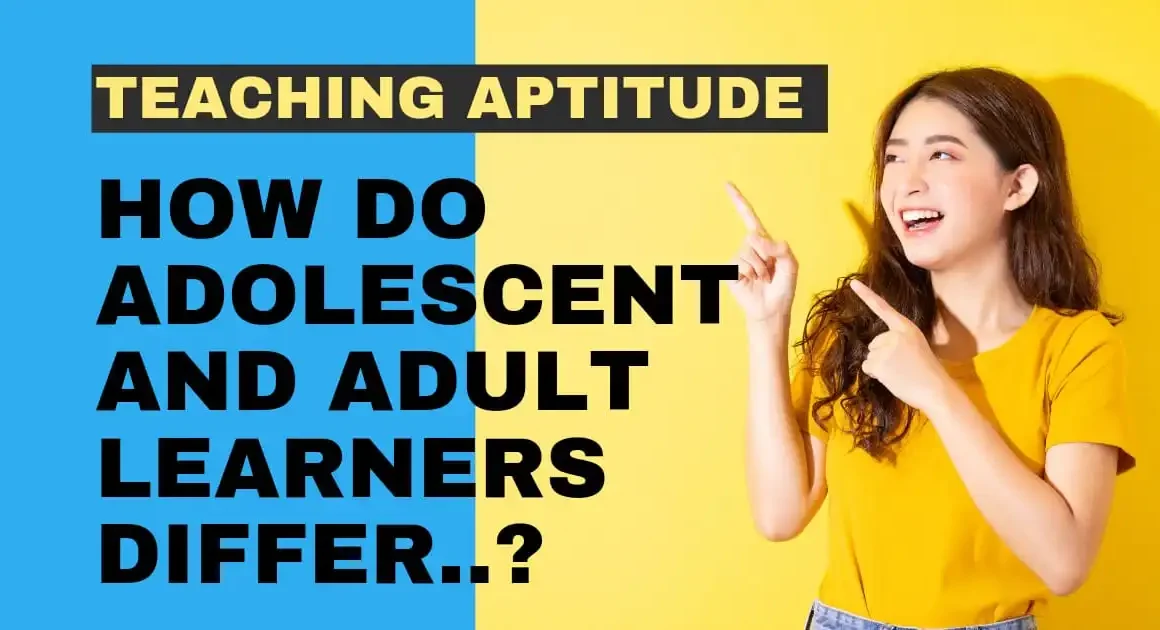Teaching is a complex process that involves assisting students as they progress through different stages of knowledge and thought. It’s critical for educators to understand these levels and make use of them in order to support effective classrooms. One framework that separates education into three distinct levels—memory level, understanding level, and reflective level—is one of the many approaches on the subject. Every level, with its own distinct traits and methods, symbolizes a phase of learning. We explore each level in this article, beginning with the memory level.
Memory Level of Teaching (MLT)
- The goal of memory level teaching, or MLT for short, is to help students learn and remember facts.
- learners primarily engage in rote memorization and recall of information.
- the prominent figure associated with memory level teaching is Johann Friedrich Herbart.
- It is the initial stage.
- The teaching–learning process is basically a ‘Stimulus–Response’ (S–R) here.
- The evaluation system mainly includes oral, written and essay-type examination.
- Rapid learning, stability in retention, quick recall, and the capacity to bring only needed knowledge to consciousness are all indicators of a good memory.

Understanding Level of Teaching (ULT)
- Morrison is the main proponent of understanding level of teaching.
- It is more than merely learning things by heart; it is “memory plus insight.” It emphasises subject-matter mastery.
- It helps students comprehend the facts, principles, and generalisations.
- Students have an increasing number of opportunities for developing “intellectual behaviour” as a result of it.
- It gives both the teacher and the student an active role in helping them grasp the content.
- Essay and objective-type questions make up the majority of the assessment system’s questions.
5 Steps of Morrison’s ULT
- Exploration
- Presentation
- Assimilation
- Organization
- Recitation
Reflective Level of Teaching (RLT)
- Hunt is the main proponent of reflective level of teaching.
- It is the highest level of teaching and it includes both ULT and MLT.
- It is a problem-centric approach of teaching.
- It anticipates that the students will use a research methodology of any kind to address the issue.
- Classroom environment is to be sufficiently ‘open and independent’. The learners are motivated and active.
- The goal is to help students become more reflective so they can use logic, reasoning, and creativity to solve problems in their lives and lead successful, happy lives.
- The pupils occupy the primary place and teachers assume the secondary place.
- Essay-type test is used for evaluation. Attitude, belief and involvement are also evaluated.




